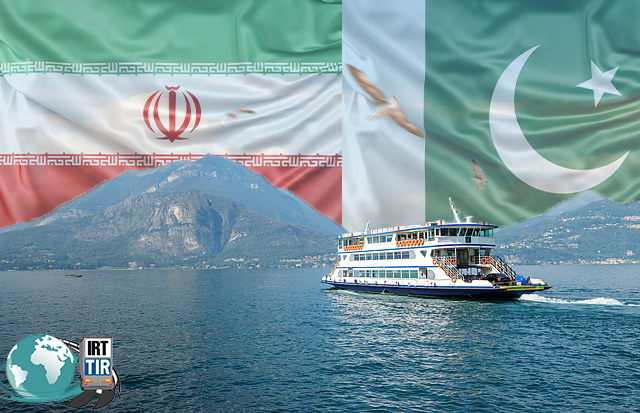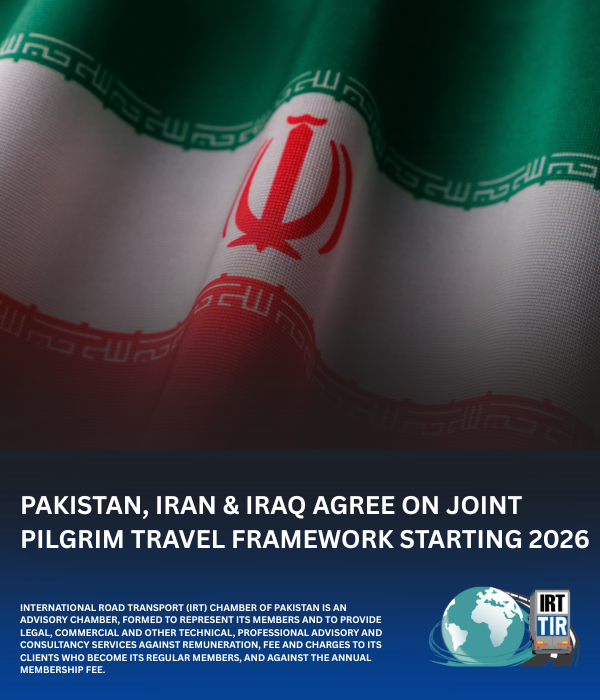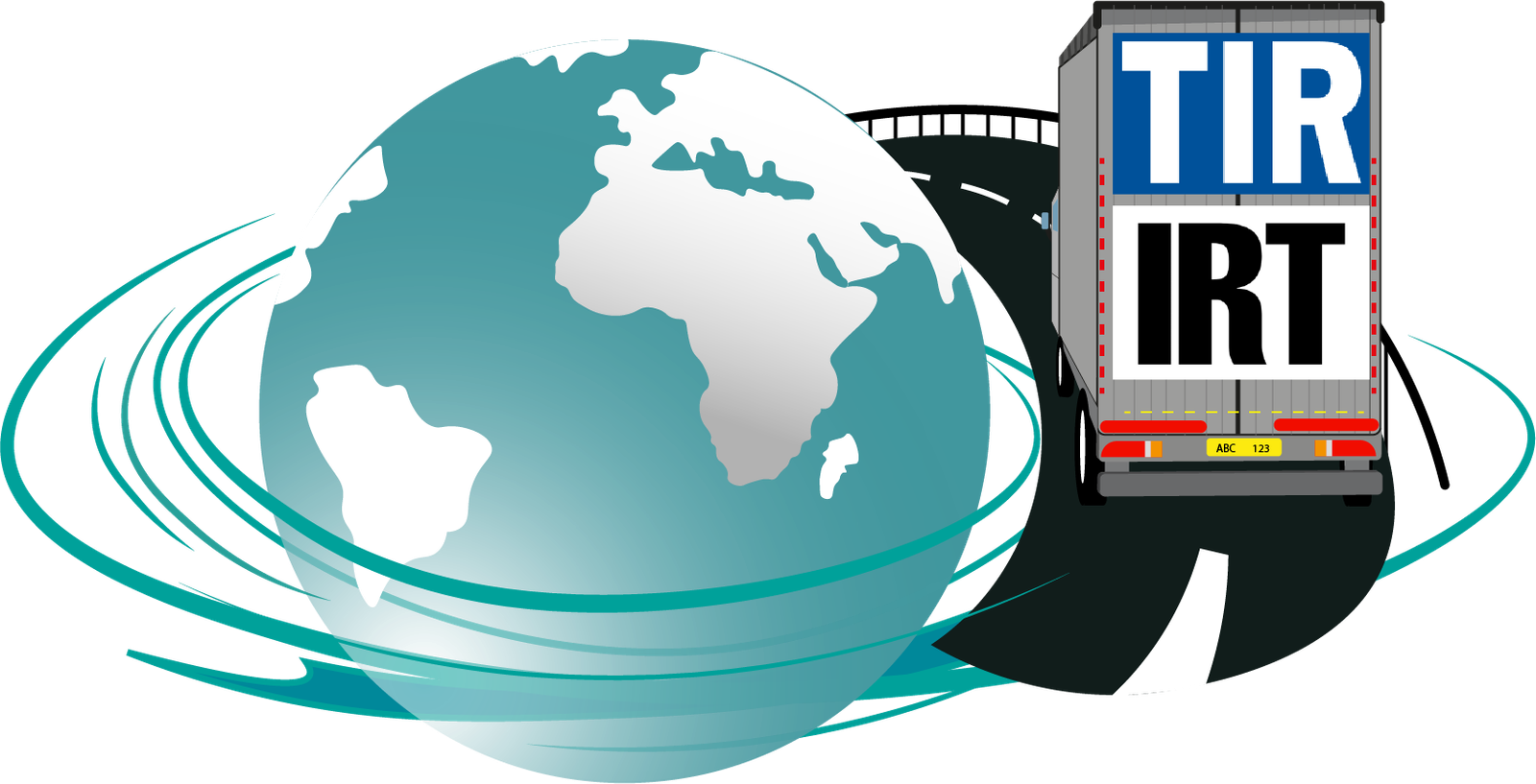In the 21st century, global power dynamics are increasingly shaped by two dominant nations: the United States and China. As economic, technological, and geopolitical forces evolve, many wonder which of these global giants will lead the world in the decades to come. This blog offers a balanced exploration of the current standing of both nations across critical areas such as economy, military, innovation, diplomacy, and global influence.

Economic Power: A Shifting Balance
The United States has long been the world’s largest economy. However, China’s rapid growth over the last three decades has significantly closed the gap. As of recent years:
The U.S. GDP remains higher in nominal terms.
China’s GDP, adjusted for purchasing power parity (PPP), has surpassed that of the U.S., making it the largest in real economic output.
China has also taken the lead in global manufacturing and exports, while the U.S. dominates in services, finance, and high-tech sectors.
Technological Innovation
The race for technological supremacy is intensifying.
United States: Home to Silicon Valley, the U.S. leads in software development, AI research, space exploration (through NASA and private firms), and semiconductor design.
China: Strong government investment in AI, 5G, quantum computing, and green technologies has positioned China as a serious competitor. Companies like Huawei, Baidu, and BYD are pushing the envelope in multiple industries.
The future may be determined by who can lead the next wave of tech breakthroughs, including artificial intelligence and quantum computing.
Military Strength and Strategy
Both nations maintain powerful armed forces:
The U.S. continues to have the world’s largest and most technologically advanced military, with a global network of alliances and military bases.
China is rapidly expanding its military budget and capabilities, focusing on regional dominance and developing strategic tools like hypersonic missiles, cyber warfare units, and naval power in the South China Sea.
While the U.S. emphasizes global presence, China aims for strong regional control with selective global expansion.
Global Influence and Diplomacy
The United States has a long history of global influence through soft power, cultural exports, global media, and leadership in international organizations.
China, through its Belt and Road Initiative, investments in Africa, and partnerships across Asia and Europe, is extending its reach and reshaping global trade routes.
Political Systems and Global Perception
The U.S., as a liberal democracy, promotes freedom of speech, open markets, and individual rights.
China, governed by the Communist Party, emphasizes stability, economic development, and collective progress.
Different regions of the world align with each model depending on their own political and economic preferences.
Who Will Rule the Future?
The answer is complex. “Ruling” the future may not mean total domination by one country but rather leadership in specific domains—economic, technological, cultural, or diplomatic.
The United States retains deep-rooted advantages in innovation, military, and alliances.
China has unmatched population scale, infrastructure development, and a strategic long-term vision.
Ultimately, the future may be shaped by coexistence, competition, and cooperation, not absolute control.
Conclusion
The competition between China and the United States is one of the most defining global narratives of our time. Rather than focusing solely on who will “rule,” the world may benefit most from balanced engagement and collaborative solutions to shared challenges, including climate change, global health, and technological ethics.
As both countries continue to evolve, the international community watches closely to see how this rivalry—and potential partnership—will shape the world’s future.





